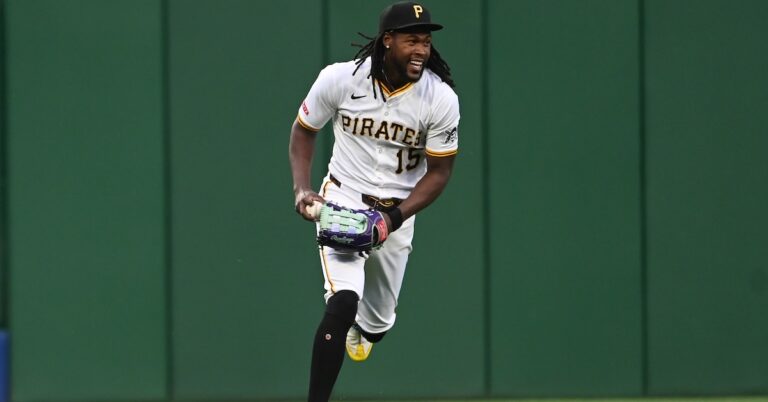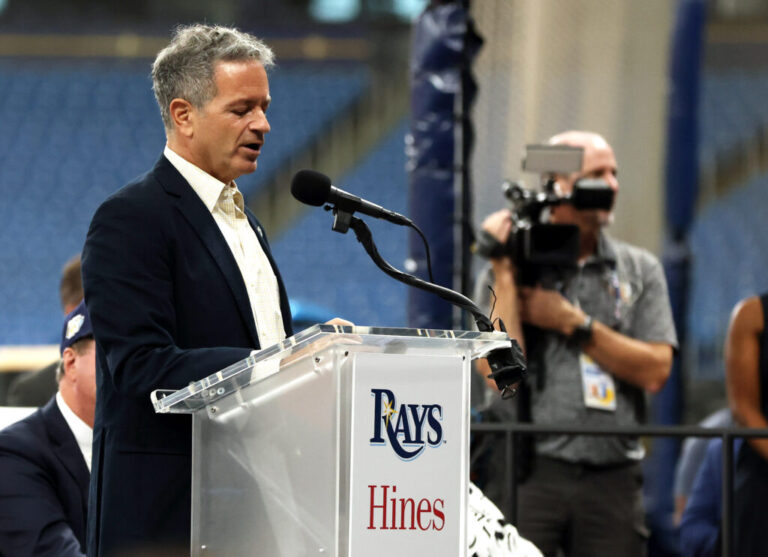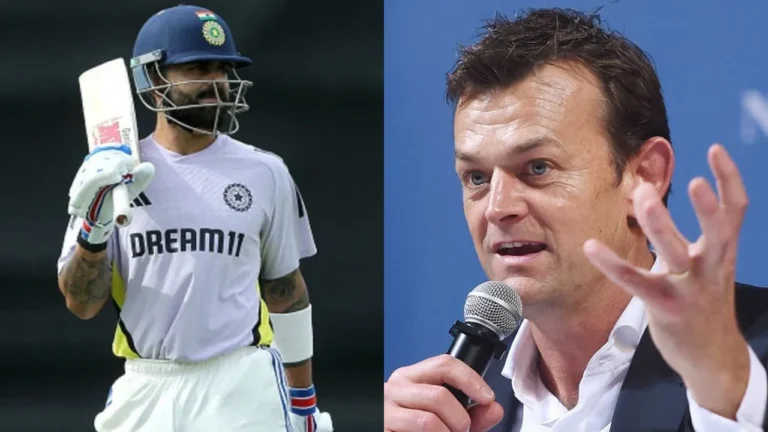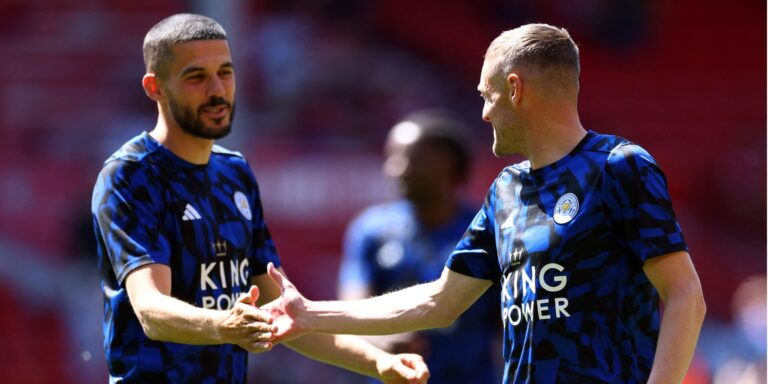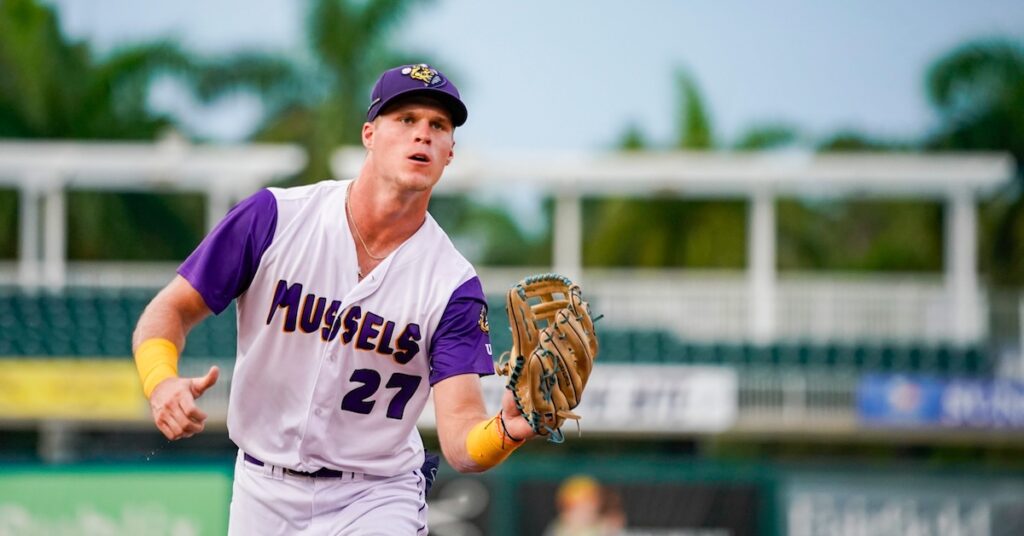

Below is an analysis of the prospects in the farm system of the Minnesota Twins. Scouting reports were compiled with information provided by industry sources as well as our own observations. This is the fifth year we’re delineating between two anticipated relief roles, the abbreviations for which you’ll see in the “position” column below: MIRP for multi-inning relief pitchers, and SIRP for single-inning relief pitchers. The ETAs listed generally correspond to the year a player has to be added to the 40-man roster to avoid being made eligible for the Rule 5 draft. Manual adjustments are made where they seem appropriate, but we use that as a rule of thumb.
A quick overview of what FV (Future Value) means can be found here. A much deeper overview can be found here.
All of the ranked prospects below also appear on The Board, a resource the site offers featuring sortable scouting information for every organization. It has more details (and updated TrackMan data from various sources) than this article and integrates every team’s list so readers can compare prospects across farm systems. It can be found here.
Other Prospects of Note
Grouped by type and listed in order of preference within each category.
Catching Depth
Mickey Gasper, C/1B/2B/LF
Noah Cardenas, C
Diego Cartaya, C
Nate Baez, C/1B
Andrew Cossetti, C/1B
Daniel Pena, C/1B
Gasper is a 29-year-old switch-hitter with multi-positional versatility that includes catcher. He’s very tough to beat with fastballs and is a 27th-man type of player. Cardenas is a contact-oriented catcher with a good-looking swing. His top hand drives his contact, and he can dip into his lower body to adjust his bat path. Cardenas is not an especially good defender; he’s a 40 receiver with a 45 arm and is likely a contact-oriented third or fourth catcher. Cartaya was acquired from the Dodgers and outrighted to Triple-A in late April. The former Top 100 prospect has seen his strikeouts explode as he’s climbed the minors, and so far in 2025, he’s K’ing more than 50% of the time. He’s a 23-year-old developmental catcher at Triple-A. Baez was a catcher and infielder at Arizona State, and has focused on catching and first base in pro ball. He has a big league body at a chiseled 5-foot-11, 191 pounds, and produces roughly average power. The strength in Baez’s hands allows him to be on time to button fastballs, which he has an 89% contact rate against as of this writing. He can’t throw well enough to catch (if you’re gonna put a 20 on a catcher’s arm, it’s his) or else he’d be on the main section of the list. Cossetti is a power-hitting catcher from St. Joe’s who has had strikeout issues in pro ball. Pena is a squat, 20-year-old Venezuelan backstop with a compact swing and pretty good feel for contact for a catching prospect. He’s still rough around the edges on defense and needs to improve back there to become a true prospect because he lacks first base power.
Rookie Ball Names to Know
Teilon Serrano, OF
Ariel Castro, OF
Darwin Almanzar, 3B
Yovanny Duran, CF
Carlos Taveras, 1B
Cristian Bonifacio, 1B/OF
Jensi Infante, RHP
Eli Urena, RHP
Serrano was one of the prospects the Dodgers lost during their pursuit of Roki Sasaki, as he signed with Minnesota for about $850,000 in January. He’s a twitchy, medium-framed outfield prospect with short levers and advanced contact feel, a worthy prospect in whom to pump late-market money, but not toolsy enough for the main section of the list. Castro signed for $2.4 million in 2023 as a projectable corner outfield power bat with hit tool risk. He’s K’d at about a 33% clip at each rookie ball level and is doing it again in 2025 even though he’s repeating the complex. You could argue he was always going to be a slow-burn prospect and that, at age 19, he still might be. Almanzar is an explosive, tightly wound switch-hitting third baseman with crude bat control. He’s very strong already and is off to a good start in the DSL. Duran is a toolsy center field prospect with plus speed and promising power when he actually runs into contact. He got hurt early in the DSL calendar and has barely played as of publication. Taveras is a burly, lefty-hitting corner bat with present feel to hit and mature strength. He’s played some center field, but athletically, he looks like a long-term first base fit. Bonifacio is an enormous lefty-hitting corner bat with above-average bat speed and rare rotational explosion for a guy as thick as he’s built in the trunk and lower half. Infante is a wispy 18-year-old righty at 6-foot-3, 170 or so, and is currently sitting 88-90 in the DSL with the makings of a deep, quality curveball. Urena, 19, is a super loose Dominican righty who sits in the 90-93 mph range. He has an extreme drop-and-drive delivery and is a super mobile athlete with whippy limbs and a plus-flashing sweeper, but he’s struggling to find control right now.
Utility Depth
Will Holland, UTIL
Ryan Fitzgerald, SS
DaShawn Keirsey Jr., OF
Yunior Severino, INF
Rayne Doncon, INF
Rubel Cespedes, 3B/1B
Jorel Ortega, UTIL
Holland has missed time in 2025 with a fractured finger and hamstring injury, but he’s hit the ball hard in limited time and looks fine playing a mix of shortstop, center field, and other spots. He’s not a good hitter, but his versatility makes him a nice upper-level depth option. Fitzgerald, 31, has hopped around Triple-A with Boston (who drafted him), Kansas City, and now Minnesota, briefly debuting this year. He’s a reliable if unexceptional shortstop defender with 40-grade hit and power tools, a fine upper-level depth option because of his defense. Keirsey is a speedy 28-year-old outfielder whose had a big league cup of coffee as a pinch-runner and extra outfielder. His utility is purely situational; his bat is pretty slow. Severino is a 25-year-old infielder with plus power and a paper thin hit tool. Doncon was acquired from the Dodgers as part of the Manuel Margot trade. He has trended down the defensive spectrum and is now a 1B/3B fit, while his offense has stagnated. Cespedes is a lefty-hitting infielder with a big but errant arm. He’s a better fit at first base, where his offensive output (average contact and power, but a bat path that doesn’t get to the pop) is shy of profiling. Ortega, the team’s 2022 sixth rounder out of Tennessee, has an extreme pull-and-lift approach that allows him to outproduce his raw power in games. If he can keep doing this against upper-level pitchers, he’ll at least be a good 27th-man type of depth option.
Pitching Projects
Dylan Questad, RHP
Michael Carpenter, LHP
Hendry Chivilli, RHP
Poor control is the lone thing keeping Questad off the main section of the list, as he’s walking 16.4% of hitters at Fort Myers. He has a great splitter and a well-defined cutter/curveball mix that gives him the look of a starter in every way except for the strikes. Carpenter is an undersized lefty with lots of starter ingredients. He comes out of Madison College and signed for about $500,000 last year. The 20-year-old is sitting 92-94 with uphill angle and a slider than tunnels nicely off his heater. He also sells his changeup well with his short, consistent arm stroke. It’s 40 FV stuff on a young lefty who is struggling enough with walks to keep him in this section for now. Chivilli was signed as a power-hitting, laser-armed shortstop prospect, but he struggled on offense and has been moved to the mound. After making three appearances in May, he hasn’t pitched again. He was sitting 93-95 in two-inning bursts with nearly pure vertical shape but not a ton of movement. He has a budding sweeper, too. Remember that successful conversion arms tend to get better and click pretty quickly, though Chivilli is an unusually young one as he’s still just 19.
Older Sleepers
Cody Laweryson, RHP
Cory Lewis, RHP
Tanner Hall, RHP
Laweryson is a 27-year-old reliever at Triple-A whose funky and deceptive delivery has helped his fastball play like a plus pitch even though it has average velocity. He lacks a second weapon. Knuckler alert! Lewis is a soft-tossing kitchen sink righty who throws his mid-80s knuckleball about 25% of the time. He’s struggling with walks at St. Paul, but should get a cup of coffee as a depth starter. Hall has a plus change, and his running side-arm sinker gives him a funky look to righties despite sitting 89-91 mph, but his control has stagnated and he lacks a glove-side weapon.
System Overview
This has to be one of the more injury-riddled organizations in baseball. Pablo López and Zebby Matthews hurt their shoulders a day apart earlier this month, Byron Buxton and Royce Lewis are superstar talents who are frequently injured, Carlos Correa is often dinged, Luke Keaschall, Emmanuel Rodriguez, and Walker Jenkins have dealt with serious or frequent injury, and Brooks Lee and Connor Prielipp have meaningful injury histories dating back to college. Many players across all organizations are injured, but the Twins feel more afflicted than most, especially the position players. Are they more risk tolerant with medical stuff in the draft than other teams? Is this an org-wide strength and conditioning issue? Is it just random, or is this anecdotal take simply incorrect? Regardless of which it is, the Twins should find out for sure and make an adjustment if they determine it’s self-inflicted.
Perhaps the most interesting detail about the Twins system is all the undrafted guys who signed out of Indy ball. There are even more players in the system than are mentioned above who have walked this path to pro ball. The Twins are one of a couple of teams who scout Indy ball hard and find a steady stream of potential big leaguers. It’s rare for Indy ballers to sign and have success as position players, which makes Payton Eeles’ 2024 truly special.
Minnesota’s international scouting department has begun to “go wide,” with clever, low-bonus targets yielding deeper classes because it isn’t just one or two players getting their entire pool. This sort of strategy isn’t generally associated with acquiring upside, and is more about collecting smaller, skill-oriented players, but this hasn’t been the case in Minnesota, as the Twins have signed a lot of big-framed, toolsy hitters with long-term power projection. They have among the best collection of hitters on any DSL roster.
Positional versatility is also an organizational priority here. Lots of Twins players see time at a variety of positions, including the high-profile prospects in the system. When this many players keep getting injured, it’s helpful to be able to slide guys around as needed so you can have your 26 most talented players on the big league roster at any given time.
This system is right around the league average, probably a shade above thanks to Jenkins’ upside, the large number of players in the 45 and 45+ FV tiers, and the overall depth of the system thanks to the Indy ball signees and command-oriented pitchers who make it 43 dudes deep. The club is hovering around .500 and is 10 games behind the division-leading Tigers as of this writing. There is nearly $30 million coming off the books this offseason. Christian Vázquez ($10 million) is the most expensive of these, while the most important to the team is Willi Castro ($6.4 million). An ill-fated attempt to sell the club makes the short-term payroll direction tough to predict, and the looming league labor strife probably won’t help. There are two waves of talent here; the group of upper-level guys who can patch holes around the big league core for the next couple of years, and then the younger contingent who might end up as the first wave of a big rebuild starting in 2028-29 when the contracts of guys like López, Joe Ryan, Buxton, Correa, and Jhoan Duran start to expire.
